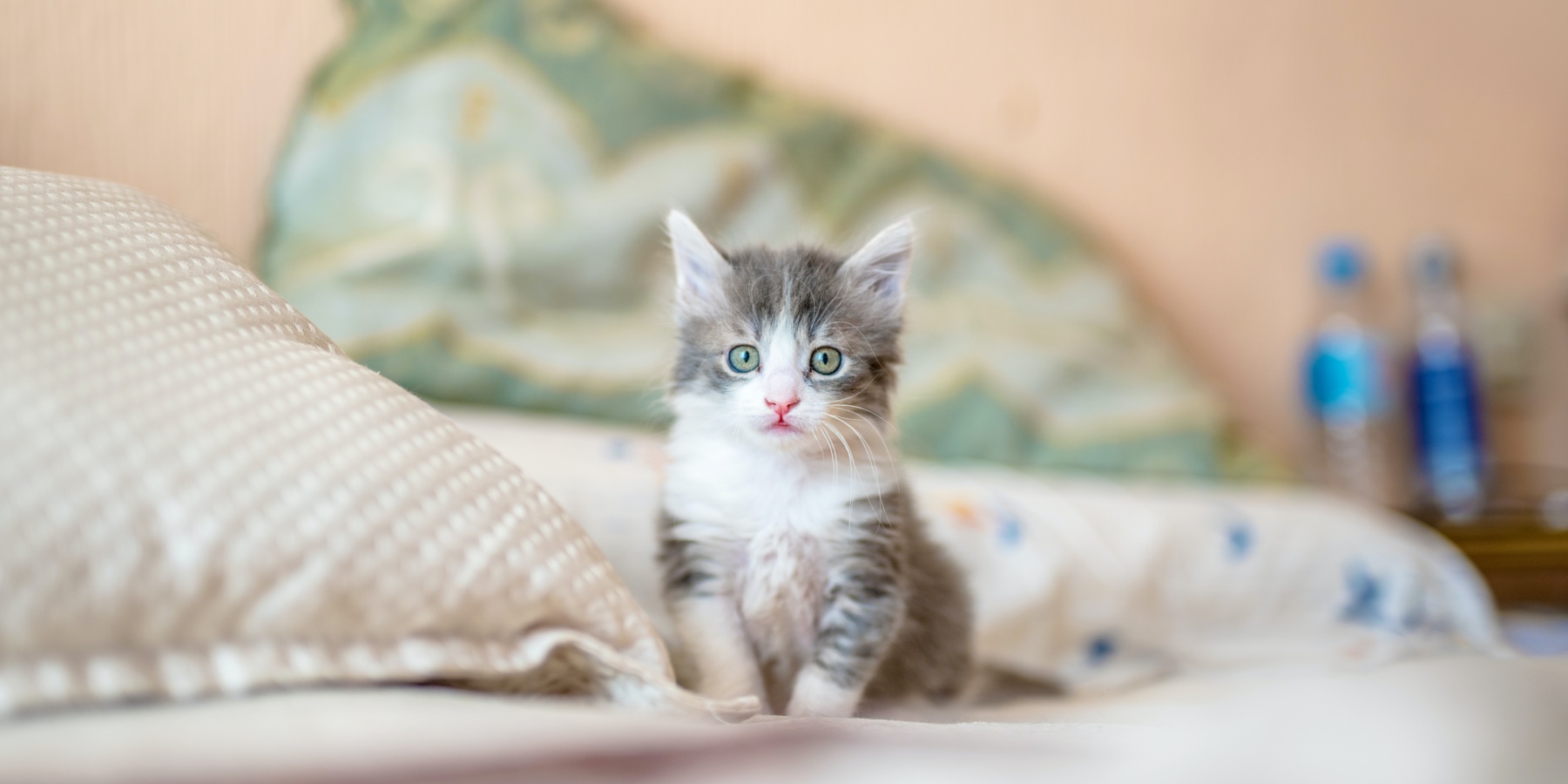Understanding the nuances of cat feeding schedule is crucial for pet owners, and this becomes particularly significant when comparing the needs of indoor cats to those of outdoor cats.
The environment in which a cat spends most of its time plays a significant role in determining its dietary needs and feeding routines. This article delves into how cat feeding schedules should be adapted for indoor versus outdoor cats.
Indoor Cats: Controlled Environment, Controlled Diet
Indoor cats live in a much more controlled environment. They are less active than outdoor cats and have fewer opportunities for exercise. Consequently, indoor cats are more prone to obesity and its associated health problems. Thus, their diet needs careful management.
Typically, indoor cats benefit from a feeding schedule that portions out their daily food intake into two to four small meals. This not only helps regulate their metabolism but also prevents overeating. Free-feeding, or leaving food available all day, is not recommended for indoor cats, as it can lead to weight gain and obesity.
Moreover, indoor cats tend to have a lower energy expenditure, meaning they require fewer calories compared to their outdoor counterparts. Their diet should be high in protein but controlled in calories. It’s essential to choose cat food that’s formulated specifically for indoor cats, considering their lower activity levels.
Outdoor Cats: Higher Energy Needs
Outdoor cats have a more active lifestyle, often involving hunting, exploring, and more physical activity. This increased activity level means they require more calories to maintain their energy. Thus, their feeding schedule can be more flexible and may require more food compared to indoor cats.
For outdoor cats, it’s often suitable to follow a free-feeding schedule, where food is left out for them to eat as they please. This method accommodates their irregular eating patterns, which mimic their natural hunting behavior. However, it’s crucial to monitor their weight regularly to ensure they’re not overeating.
Outdoor cats also need a diet that supports their high energy levels. This means a higher calorie diet rich in proteins and fats to sustain their active lifestyle. Additionally, outdoor cats might need additional supplements or specific nutrients to bolster their immune system, given their exposure to different environmental factors.
Considerations for Both Indoor and Outdoor Cats
Regardless of whether a cat is indoor or outdoor, fresh water should always be available. Hydration is a key aspect of a cat’s health. It’s also important to consider the cat’s life stage. Kittens, adults, and senior cats have different nutritional requirements and feeding schedules.
Regular veterinary check-ups are vital to monitor the cat’s health and adjust their diet as needed. During these check-ups, weight and any potential health issues can be addressed, and dietary adjustments can be made accordingly.
Adapting to Changing Seasons and Health
Cats’ feeding schedules may need to change with the seasons. For example, outdoor cats may require more food during colder months, while indoor cats might need less if they become less active.
Health issues can also necessitate dietary changes. For instance, a cat with diabetes may require a strict feeding schedule that aligns with its insulin injections.
In conclusion, the primary difference in the cat feeding schedules for indoor versus outdoor cats lies in their activity levels and resultant caloric needs. While indoor cats require a more controlled diet to prevent obesity, outdoor cats need a diet that supports their higher energy levels.
Regular veterinary visits, attentive observation, and understanding the unique needs of your cat, whether they live indoors or roam outside, are key to maintaining their health and happiness through proper nutrition and feeding practices.
